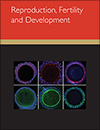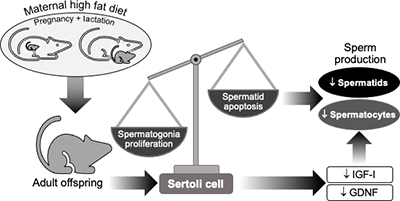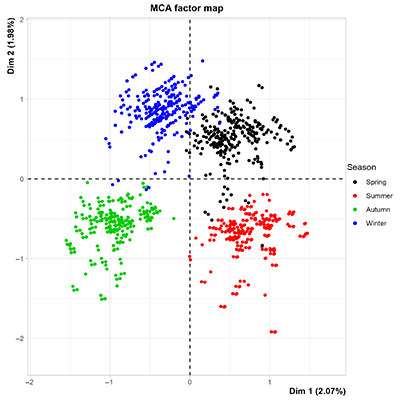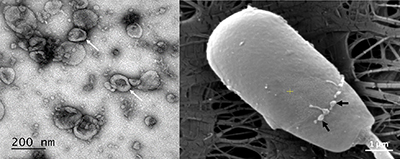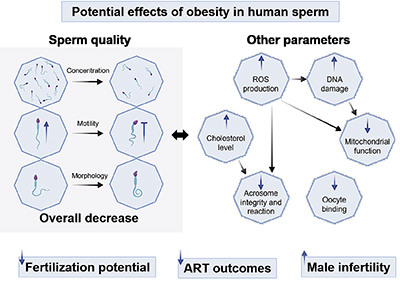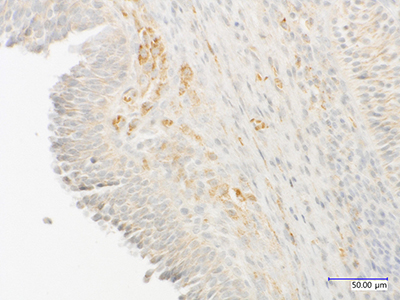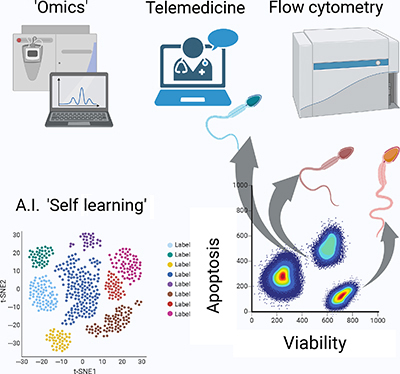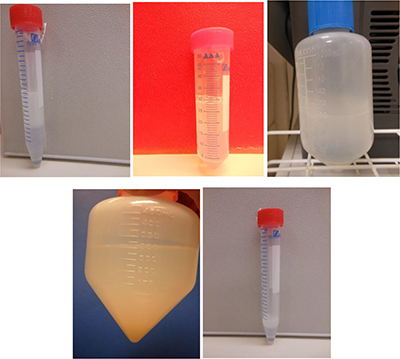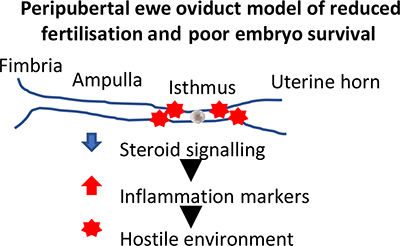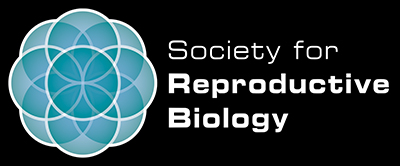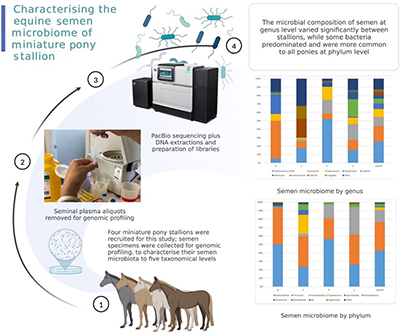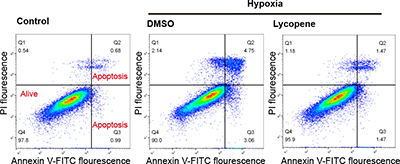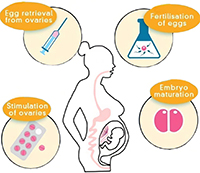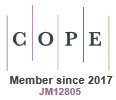RD23082Maternal high-fat diet during pregnancy and lactation affects factors that regulate cell proliferation and apoptosis in the testis of adult progeny
 , Daniel Cavestany
, Daniel Cavestany  , Graeme B. Martin
, Graeme B. Martin  , Mark H. Vickers
, Mark H. Vickers  , Deborah M. Sloboda
, Deborah M. Sloboda  and Graciela Pedrana
and Graciela Pedrana 
In rats, we tested whether a high-fat diet fed to mothers during pregnancy and lactation would affect Sertoli cell function in their adult offspring. Changes in transcription factors and proteins that control proliferation and apoptosis in germ cells suggest that the high-fat diet alters the balance between cell proliferation and apoptosis, potentially reducing sperm production. Image by Graciela Pedrana, Grame Martin.
RD23082 Abstract | RD23082 Full Text | RD23082PDF (6.3 MB) Open Access Article


